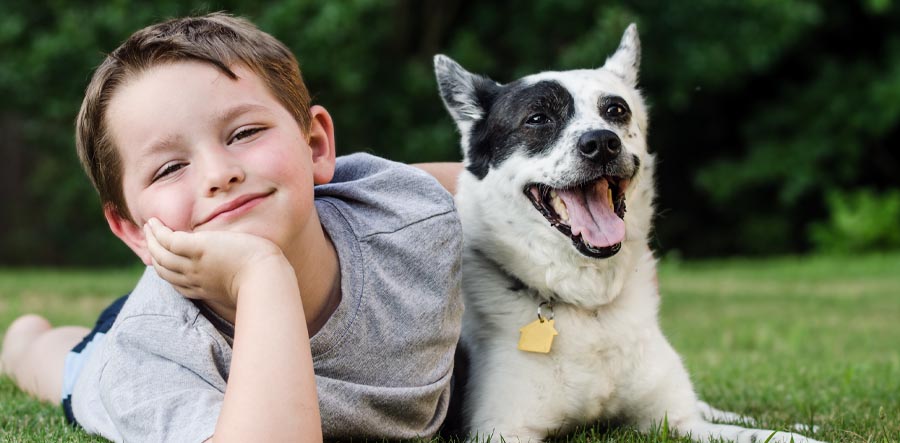
Becoming a parent is definitely a big moment in our lives. What happens, however, when you are already the parent of a lovely, furry pet? The dynamics quickly change when a dog and a child live in the same house. As a parent of both, you are responsible for creating a healthy and balanced environment, based on mutual respect, affection, and ultimately, the development of a strong bond between the two sides. The important thing to remember is setting proper boundaries for your pet and children such as guidelines rules and corrections.
Train your dog to accept the other family members
As a new member of the family, a dog may feel threatened by the presence of a child. Dogs can be quite fond and possessive of their owners and thus, become agitated when someone else tries to steal their attention. The best course of action is to introduce your furry companion slowly to your children. Rushing things up will only result in unnecessary fights, growling, and barking. Instead, try to make those two take part in activities they both like, including running, hiding, or simply hugging. Reward them with praise and treats when they play together, and remember to be strict and serious if one of them crosses an obedience line.
Pay attention to body language
Dogs are highly intelligent creatures, but they may not be able to understand a child’s body language from the very start. For example, your child approaching your dog from the back or startling it with a sudden sound can make the dog defensive and likely to start barking or even worse jump at him. It is important to teach your children proper behavior around dogs. A significant rule should be to never allow children to run directly toward a dog. Sudden movements should also, be avoided, particularly when these two first meet. Another important boundary children should never cross is to intrude on a dog, by touching or pulling on sensitive parts of their bodies, like their ears, and tail.
What many pet parents are usually unaware of is the fact that dogs do not like to feel they are being stared at. Children, on the other hand, may unintentionally look directly into a dog’s eyes, basically because they are usually at eye level with the dog. Teach your child to avoid such a movement, and explain the reasons why the dog may feel threatened.
Ensure they respect off-limits space and belongings
Creating a relationship based on mutual understanding and trust means that both sides respect each other’s private space and objects. Kids, in particular, should stay away from dogs’ toys, food bowls, beds, or other possessions. If your children fail to understand the importance of this rule, it may be best to keep them away from your dog’s personal space to avoid unnecessary fights.
Building a home environment where children and dogs can live happily together may seem difficult, but it’s not. All it takes is proper guidance from the beginning and some patience. Teaching positive behaviors and setting proper boundaries requires love, effort and calmness.

